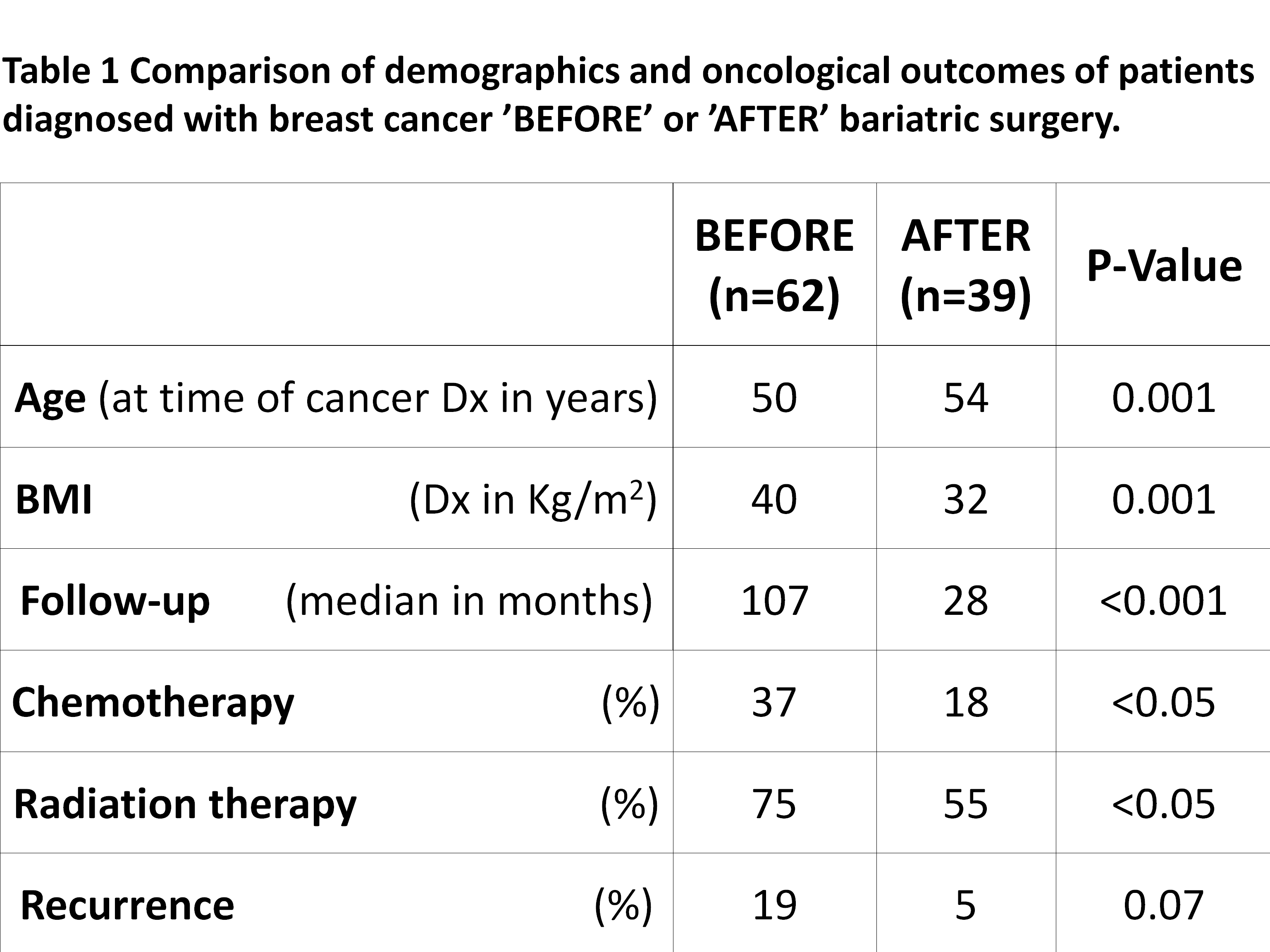C. E. Pina1, J. Li1, B. Rawal1, C. Giannarelli2, C. Faries1, V. Mani3, A. Vouyouka1, P. Krishnan2, R. Tadros1, J. Badimon2, Z. A. Fayad3, M. L. Marin1, J. Wiley2, P. L. Faries1 1Icahn School Of Medicine At Mount Sinai,Vascular Surgery,New York, NY, USA 2Icahn School Of Medicine At Mount Sinai,Cardiovascular Research Institute,New York, NY, USA 3Icahn School Of Medicine At Mount Sinai,Translational And Molecular Imaging Institute,New York, NY, USA
Introduction: Carotid revascularization poses inherent periprocedural risks to patients that must be weighed carefully against the benefits of preventing plaque embolism and stroke. Intracerebral microembolization of atherosclerotic plaque of the middle cerebral artery (MCA) is one of the major factors leading to increased cerebrovascular events and morbidity after minimally invasive and surgical carotid revascularization. Identification of specific demographic cardiovascular risk factors for increased microembolization can be useful in guiding decisions regarding choice and timing of procedure.
Methods: A total of 150 patients will be enrolled in this study. A preliminary analysis was done in 42 patients (male 74%; mean age 69.5) undergoing carotid endarterectomy (CEA, n=23) or carotid angioplasty and stenting (CAS, n=19). The ipsilateral MCA was intraoperatively monitored for microembolic signals (MES) using transcranial Doppler. Demographic analysis of 4 common cardiovascular risk factors (diabetes, hypertension, hyperlipidemia, smoking history) and presence of stroke symptoms was performed retrospectively.
Results: Results show a significant difference between patients with symptomatic stroke undergoing CAS and higher MES rates (63 + 31 vs. 30 + 10, p=0.004). We also found a non significant increase in average MES rates in CEA patients with diabetes (134 + 278 vs. 39 + 27), hypertension (83 + 202 vs. 63 + 80), hyperlipidemia (113 + 239 vs. 30 + 21), smoking history (111 + 230 vs. 24 + 14) or with stroke symptoms (151 + 306 vs. 42 + 45) compared to CEA patients negative for each risk factor or stroke, respectively.
Conclusion: Our preliminary data demonstrates statistically significant increased MES rates in symptomatic CAS patients compared to asymptomatic CAS patients. We did not see any significant increase in average MES during CAS for patients positive for diabetes, hypertension, hyperlipidemia, smoking history, and presence of stroke symptoms compared to patients negative for these risk factors. A positive trend towards higher MES rates in CEA patients with comorbidities compared to those without did not reach statistical significance probably due to lack of power. The study is ongoing and we are correlating this data with changes in neurocognitive status as detected by the Montreal Cognitive Assessment and the presence of micro-infarcts on cerebral DW-MRI.





